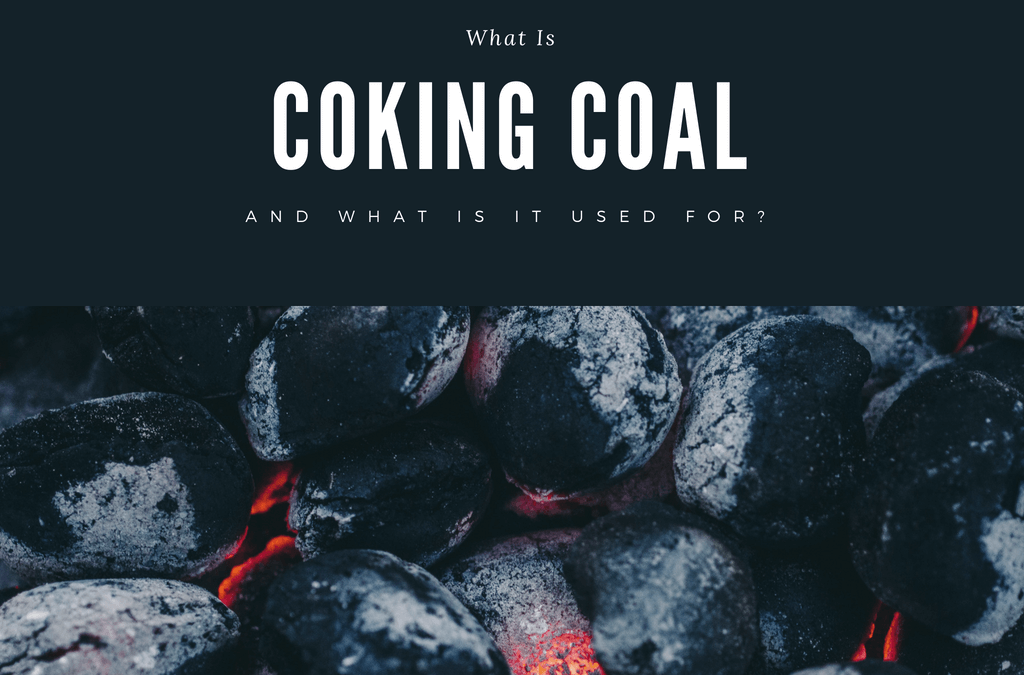Coking coal, otherwise known as metallurgical coal, differs from thermal coal which is used for energy and heating. It differs from thermal coal because of its carbon content and caking ability, which refers to the coal’s ability to be converted into coke. Non-coking coal cannot cake and has a higher ash content. It’s mainly used as thermal coal to create heat, as well as used in industries like cement, fertilizer, glass, ceramic, paper, chemical, and brick manufacturing. This is an entirely different purpose than the manufacturing of steel, which is what coking coal is primarily used for.
Coke is a pure form of carbon that can then be used in basic oxygen furnaces, which account for 70% of the world’s steel production.
Coking coal is just one of the three primary grades of metallurgical coals:
- Hard coking coals (HCC)
- Semi-soft coking coal (SSCC)
- Pulverized coal injection (PCI)
Hard coking coals work best given their better coking properties, and are thus more expensive, though semi-soft coking coal and pulverized coal injections are also sometimes used.
On a basic level, coke-making is carbonizing coal at high temperatures, as mentioned above, and is then heated without oxygen up to temperatures of 1100C or 2000F. The lack of oxygen causes the coal to melt rather than burn. Gases like hydrogen, oxygen, and sulfur become volatized during this process and leave the coking coal as pure carbon in the end. All in all, it takes about 1.5 tonnes of coking coal to produce 1 tonne of coke.
After cooling into lumps of carbon, the coke is used in blast furnaces, where iron ore, coke, fluxes, and air are used in the process. At the temperature of 1700C, the carbon becomes molten iron, also known as hot metal.
From there, the hot metal is drained from the blast furnace and sent to the basic oxygen furnace, where steel scraps and limestone are added to make more steel. Depending on the grade desired, other elements can also be added.
Given the close relationship between coking coal and steel, it makes sense that the coking coal industry is dependent on the steel industry for revenue. Although people are moving away from using thermal coal and towards using renewable energy instead, coking coal remains in use today. Australia, Canada, and the United States account for more than 90% of total overseas trade of metallurgical coal.
